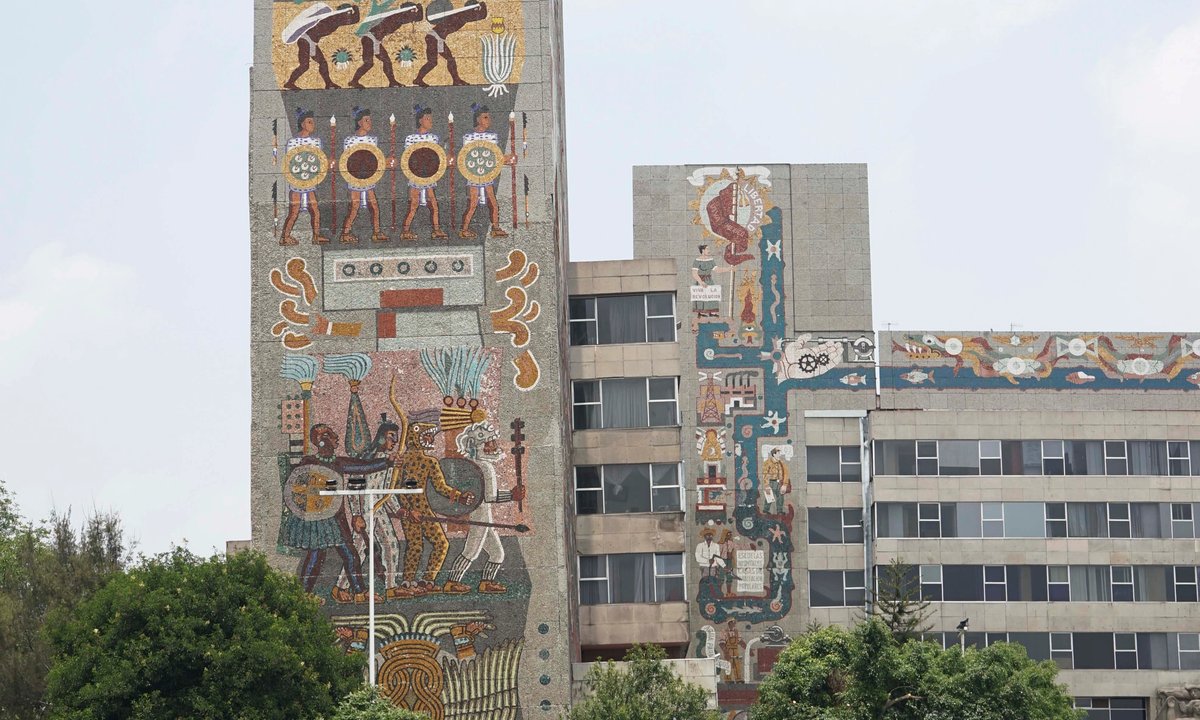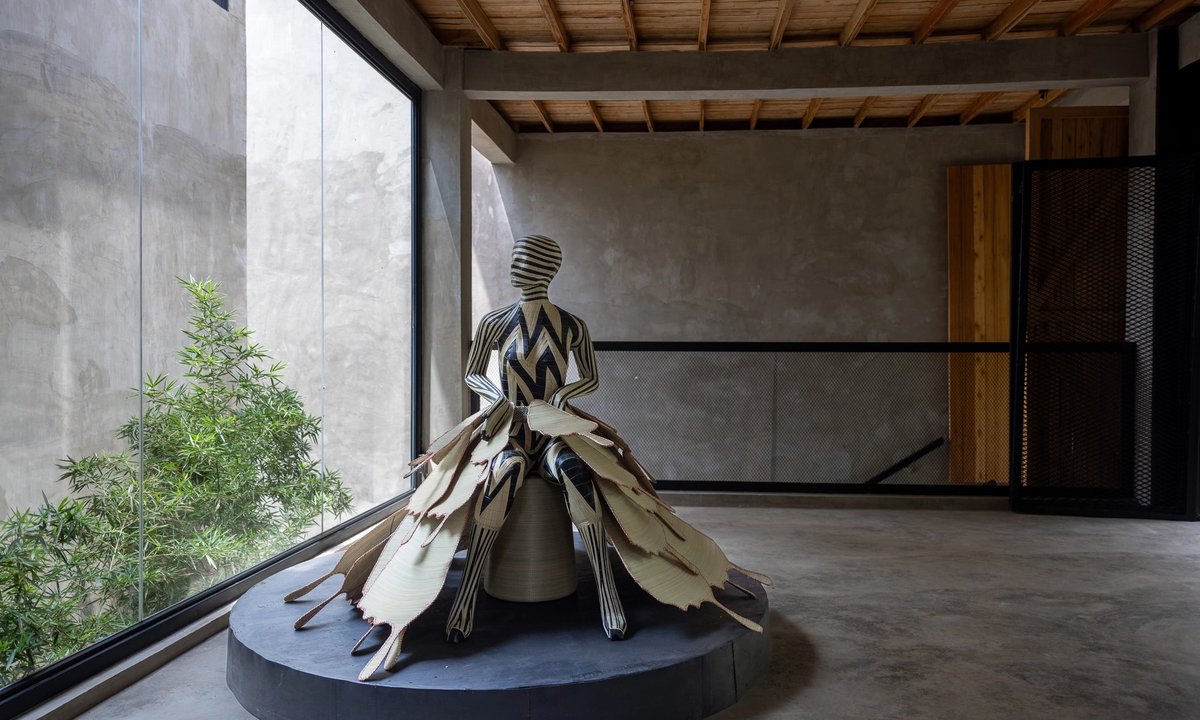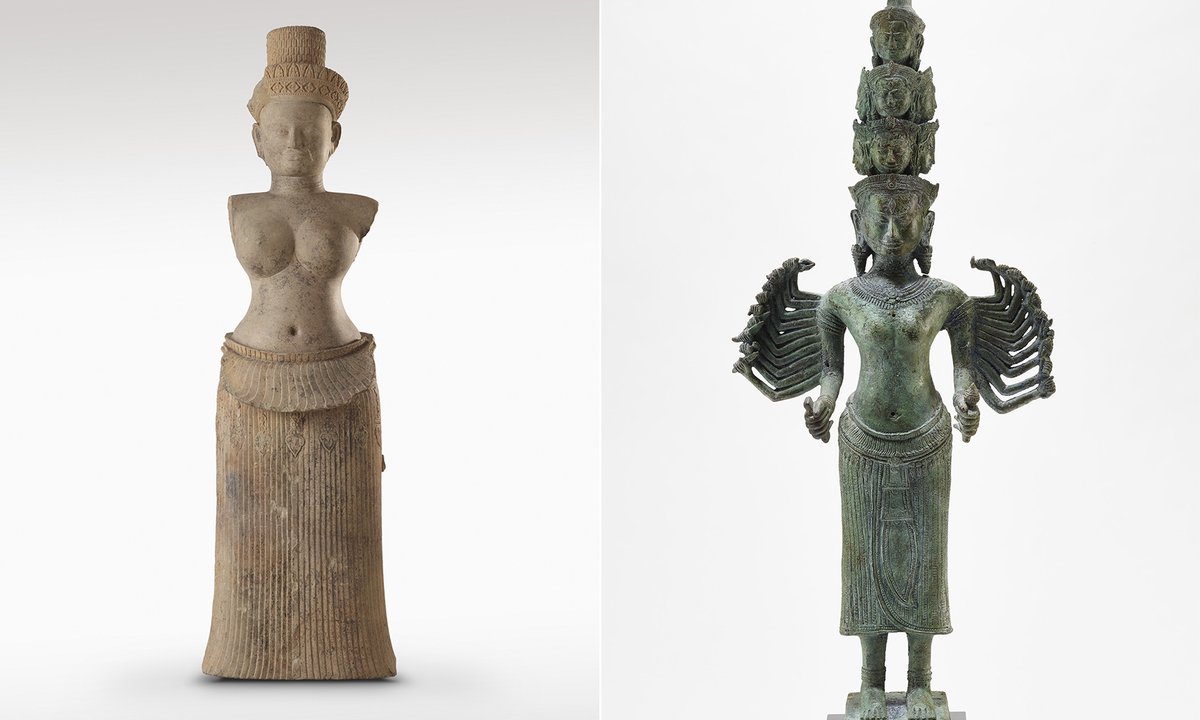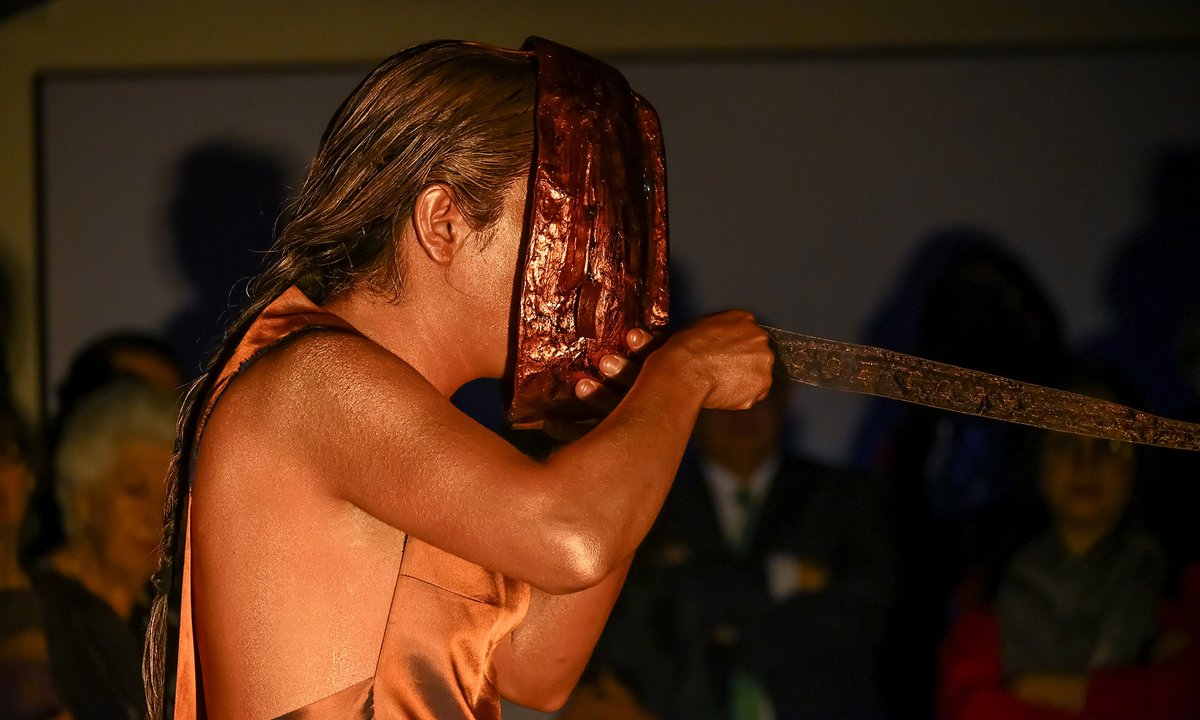Chris Killip forged his career first as a commercial photographer and then as one of Britain’s foremost and influential practitioners in documentary photography. Born on the Isle of Man in 1946, he produced work rooted in the landscapes and communities of England’s north east, where he intimately recorded industrial decline throughout the 1970s and 1980s. In 1988, Killip published In Flagrante, an epic survey of the region in the vein of Walker Evans, who had photographed the North American “Great Depression” for the Farm Security Administration (1937-46).
The images within In Flagrante focus on the gradual erosion of traditional forms of labour, from coal mining to shipbuilding, and document the hardships of an overlooked community, in Killip’s words, “as they face the reality of de-industrialisation in a system which regards their lives as disposable”. For his fellow documentary-photographer Martin Parr, the publication stood as a stark and damning portrait of austerity in action, describing it as “the best book about Britain since the war”. Killip won the Henri Cartier-Bresson award in 1989 for the collection. Shortly afterwards he accepted a lecturing position and later an emeritus professorship at Harvard University, where he taught photography for over 25 years.
Within the scope of In Flagrante Killip included four images taken in Skinningrove, located on an eerie slice of coastline in North Yorkshire. He made a series of intimate photographs of the village and its residents between 1982 and 1984, during which time he was drawn particularly to a central group of fishermen whose “sense of purpose was bound up”, as he described it, with their “collective obsession with the sea”. Killip refrained from publishing the photographs for three decades, bar the handful that appear in In Flagrante, because he considered them too personal for public exposure. Niall Sweeney and Nigel Truswell, the independent publishers with whom Killip eventually produced a series of the photographs in zine format in 2018, suggest that the photographer felt “they needed more time, more distance, before even he himself could understand what significance they might contain”.
There is an epic quality to these images, which frequently suggests the presence of an enigmatic narrative
In 2013, Killip made a short film reflecting on the Skinningrove photographs and their emotional complications. At one point he recalled meeting the mother of a teenage resident, recently drowned, who asked him during the funeral if he had taken any pictures. In response, Killip admitted: “I actually said ‘No’.” But then “at home in bed … I woke up with a start and realised that the woman wasn’t asking me did I have any photographs that I wanted to exhibit, she was asking did I have any pictures of her dead son”, exposing a tension between the photographs as documentary artefacts and as memorials of individuals with private lives and histories. When Killip finally published the full collection in 2018, he returned to Skinningrove for the first time in nearly 30 years to post anonymously a copy of the publication through every letterbox in the village. He died just two years later, aged 74, before the series was issued in its final hardback form.
“Skinningrove lies … halfway between Middlesbrough and Whitby.” Thus begins Killip’s introductory note to this superb photobook from the independent publishers Gregory and Rachel Barker. “Hidden deep in a steep valley”, he continues, “it veers away from the main road and faces out onto the North Sea. Like a lot of tight-knit fishing communities, it could be hostile to strangers, especially one with a camera.” Killip’s sense of Skinningrove as a hidden, almost secretive environment is apparent from the opening picture: a cinematic establishing shot, taken from a vantage point along the coast looking down over the tiny village—a few thin terraces, an empty street, a congregation of fishing boats down on the beach—with a little scrap of silver river (Skinningrove Beck) snaking wearily inland, as though the village were connected to the landscape by a single thread. Skinningrove’s status, in Killip’s mind, as a place between places gives his photographs an added sense that we are seeing something that we should not, a community that may not wish to be observed.
Traditions and routines
The images record the daily traditions and routines of a working village: men out on the water fishing, tractors hauling boats across the beach, residents queuing for fish and chips. One picture entitled Mrs Molly Ewens depicts an elderly woman in a heavy coat. As Killip recalled in his 2013 film, she would come down to the shore in the morning “to see if the sea was there, then leave, and come back in the evening and look again before she went to bed, and this was her twice-a-day routine”. These beautiful and highly poignant photographs reveal Killip’s conviction, as phrased by Sweeney and Truswell, “that no one’s life is ordinary, that everyday lives are, in fact, sublime”.
This sublimity bleeds through into Killip’s sense of scale, pairing details of the everyday against the wide expanse of sea and coastline. There is an epic quality to these images, which frequently suggests the presence of an enigmatic narrative. Skinningrove is filled with photographs of people standing, sitting or lying around, mending fish nets, burning rubbish, in anticipation of something significant happening. Several pictures feature people gazing out to sea, scanning the horizon, hinting that the sudden arrival of a boat or storm might somehow advance the plot. The naming of individual villagers in the captions has the effect of introducing them as characters, protagonists even, in a centuries-long heroic story, albeit a tragic one. (In this Killip followed, consciously or not, 19th-century artists who drew inspiration from the Tyneside fishing community at Cullercoats, an area to the north of Skinningrove, notably the American painter Winslow Homer in the 1880s.)
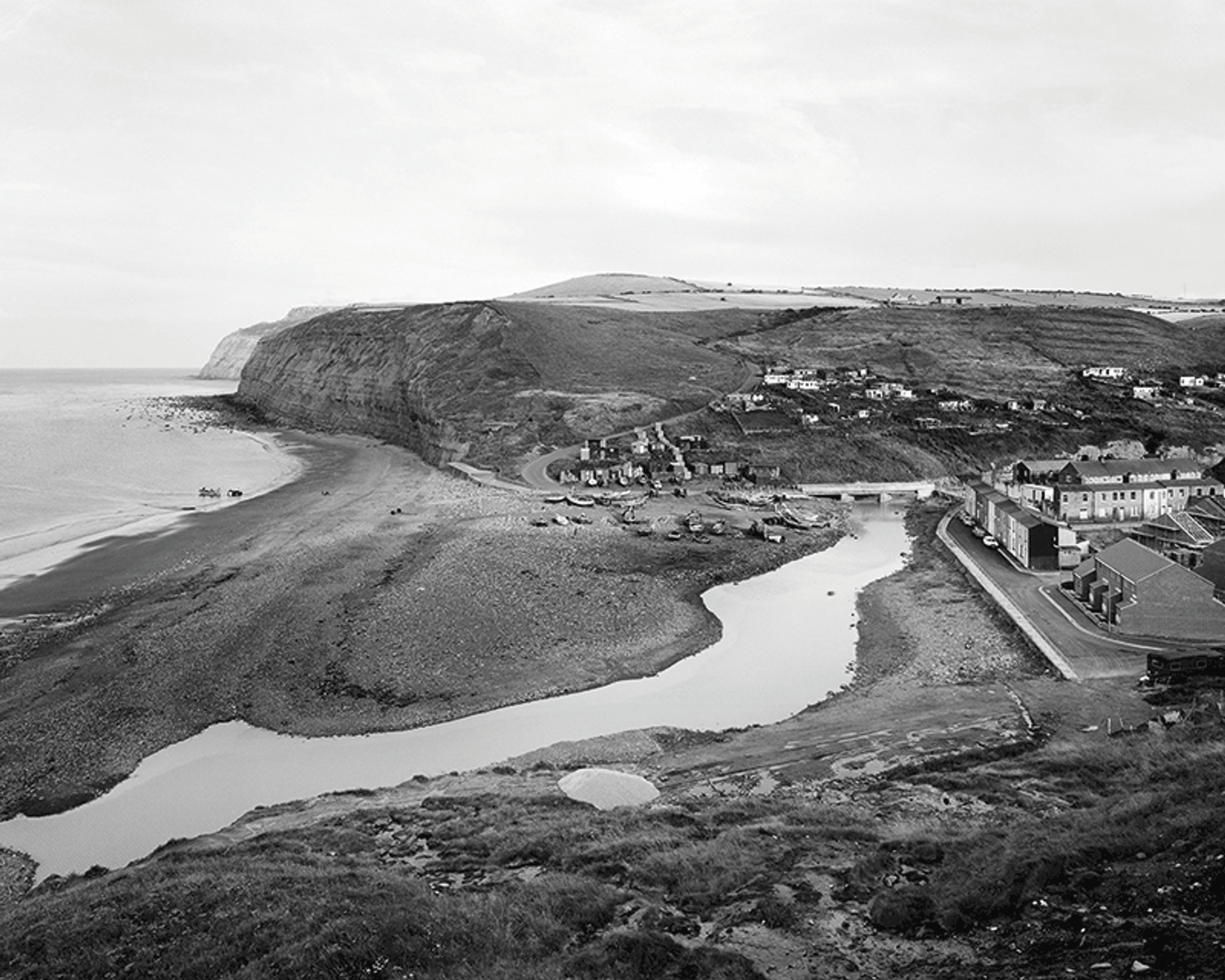
Killip’s Skinningrove in late Summer, another early 1980s image
© Chris Killip Photography Trust/Magnum Photos
If there is an elegiac texture to these images, then perhaps it reaffirms Killip’s commitment to documenting communities under economic and political pressure. And yet, as Killip observed: “When you are photographing you’re not thinking that a photograph is also, and inevitably, a record of a death foretold.” The publication ends with a note commemorating the deaths of four men drowned at sea, including Leslie “Leso” Holliday, the young fisherman Killip called his “greatest ally”, who had helped to introduce the photographer to the community. In his preface Killip seems to have picked up on the fact that the standard greeting in Skinningrove, “Now then”, carries with it the essential paradox at the heart of photography.
• Chris Killip, Skinningrove, Stanley/Barker, 104pp, 50 b/w reproductions,
£50 (hb), published 9 May
• Rowland Bagnall is a writer and poet. His new collection, Near-Life Experience, was published by Carcanet Press in March

